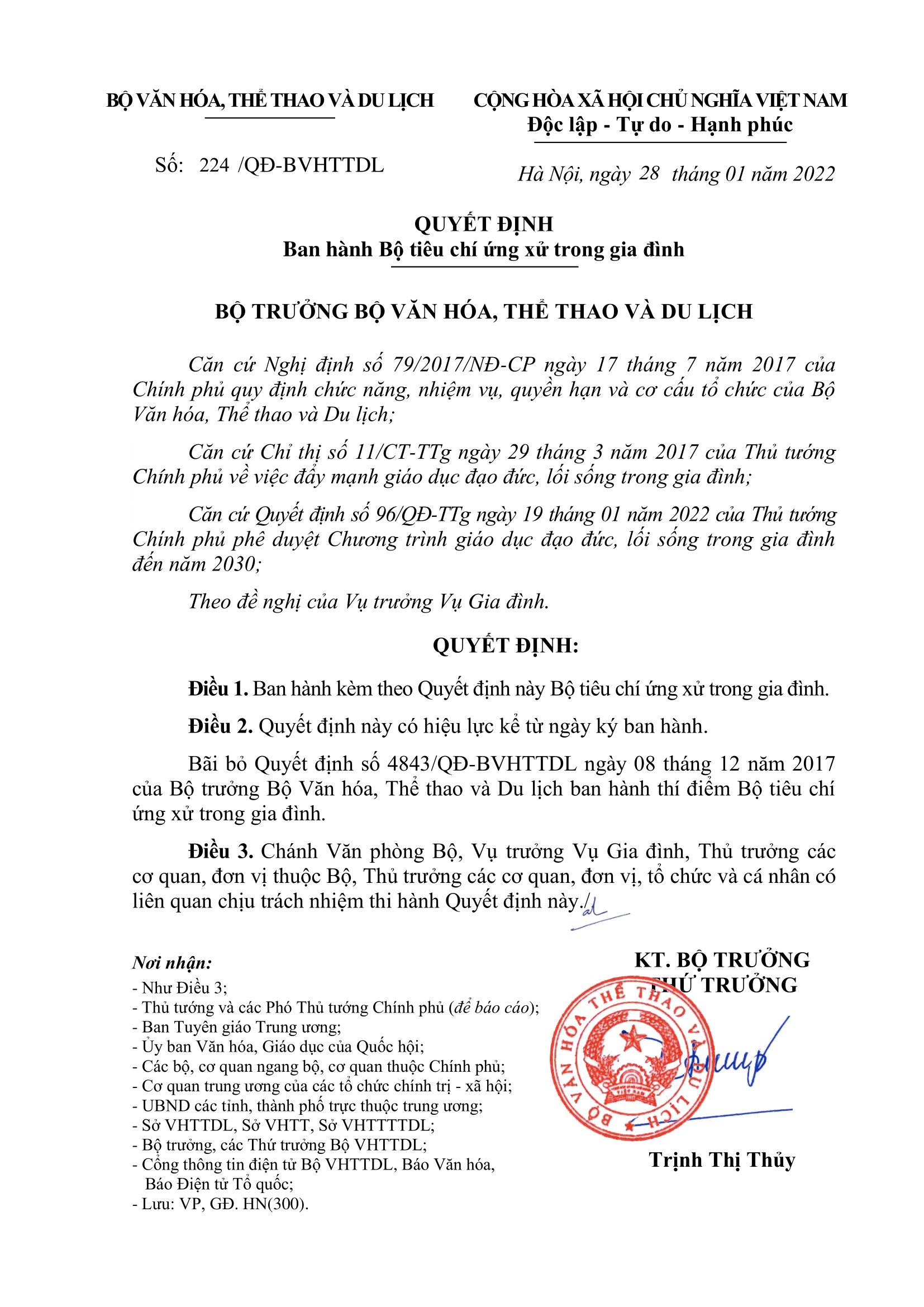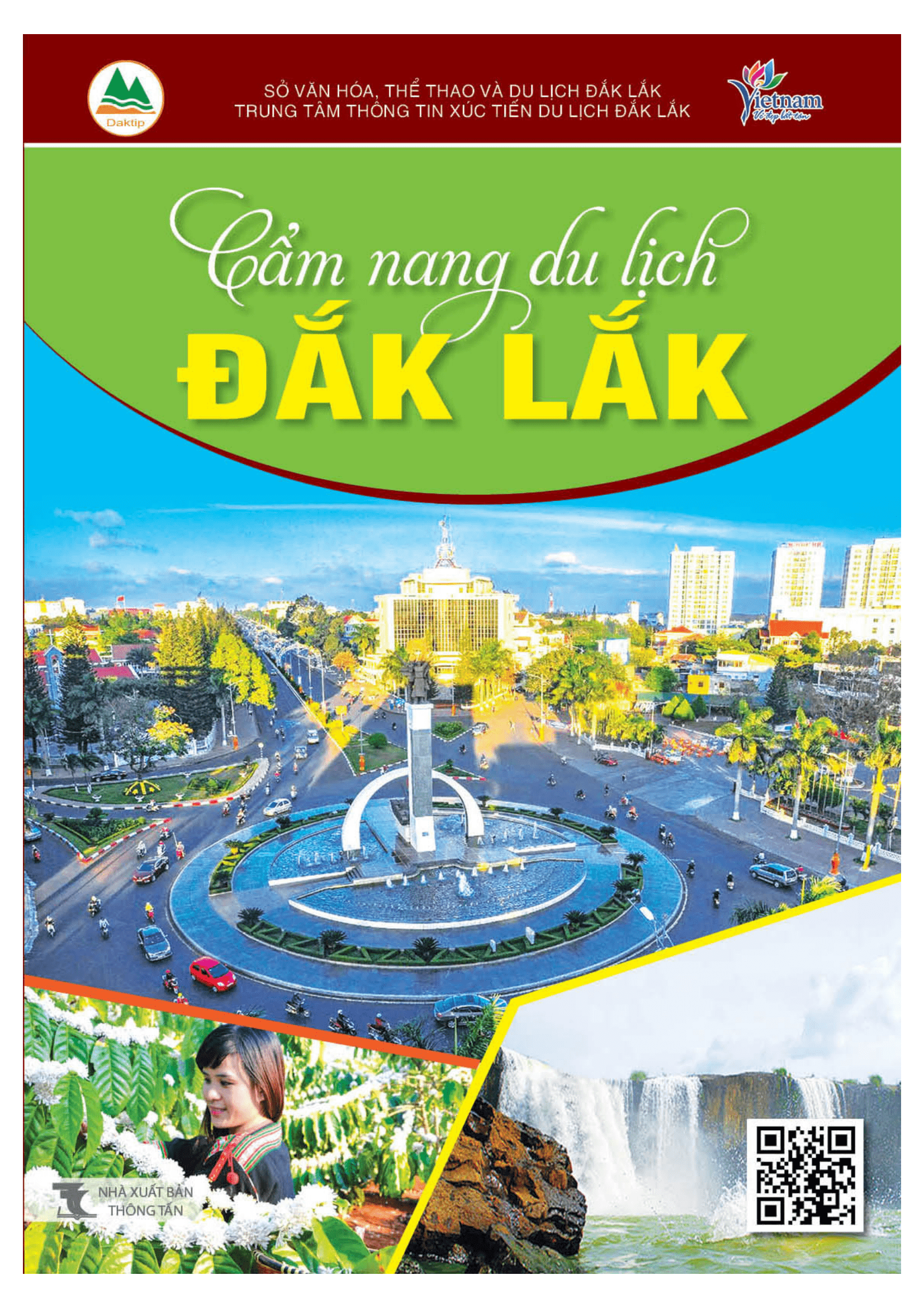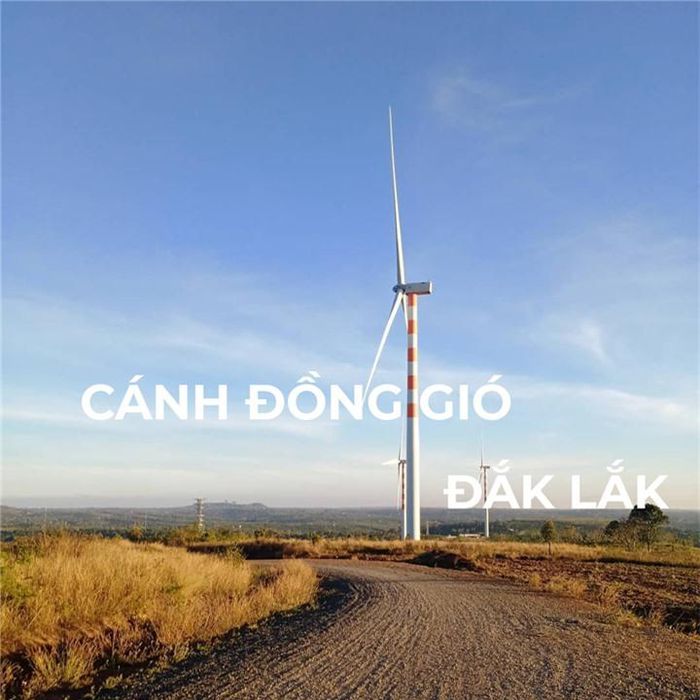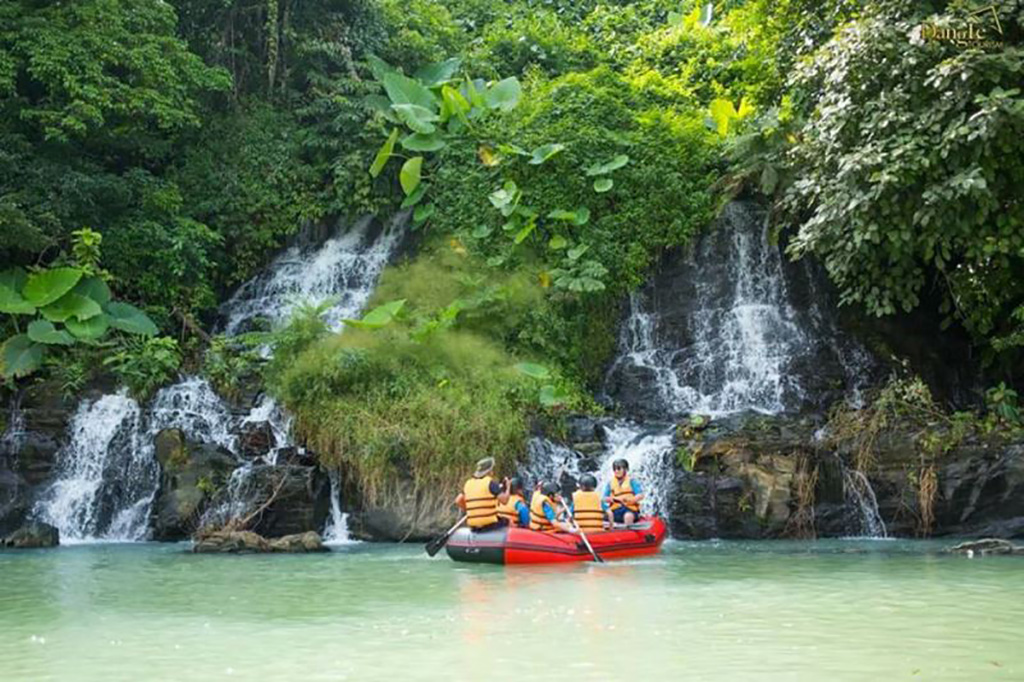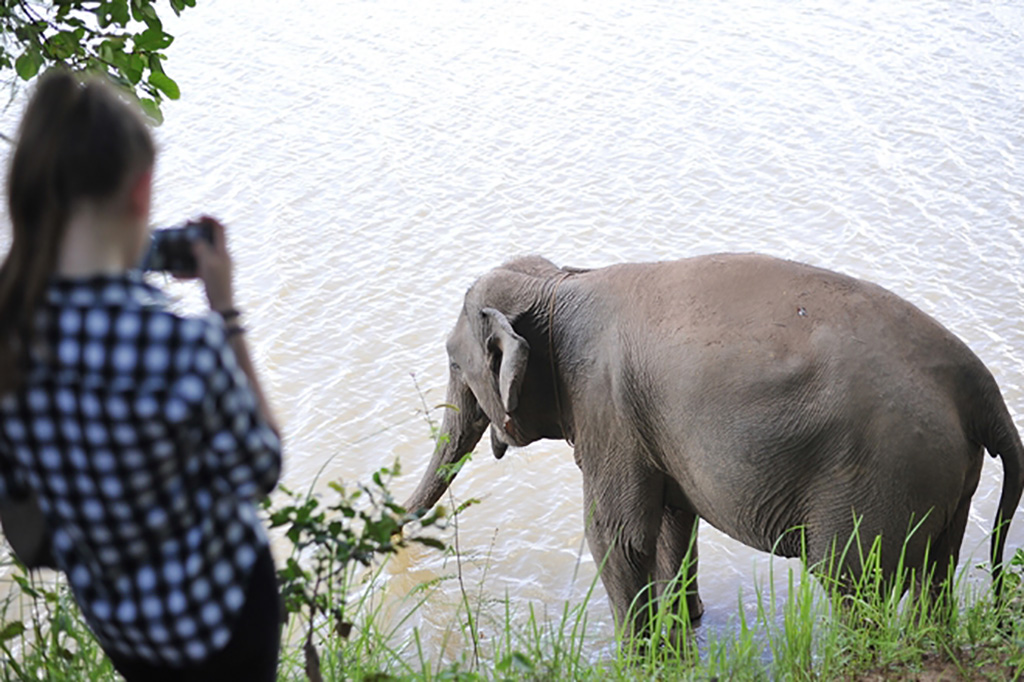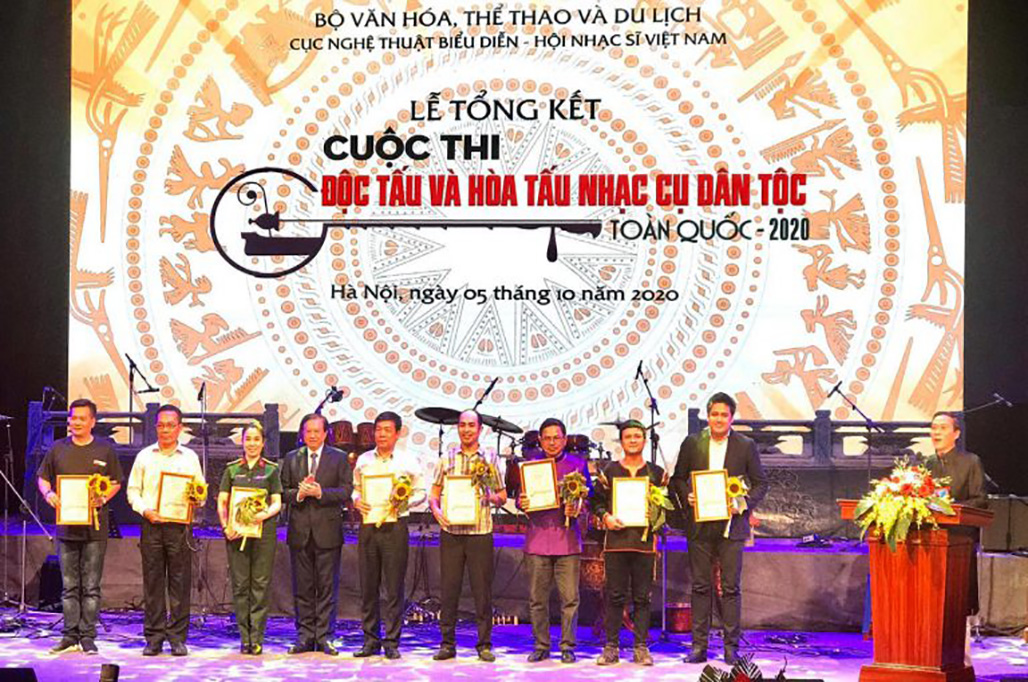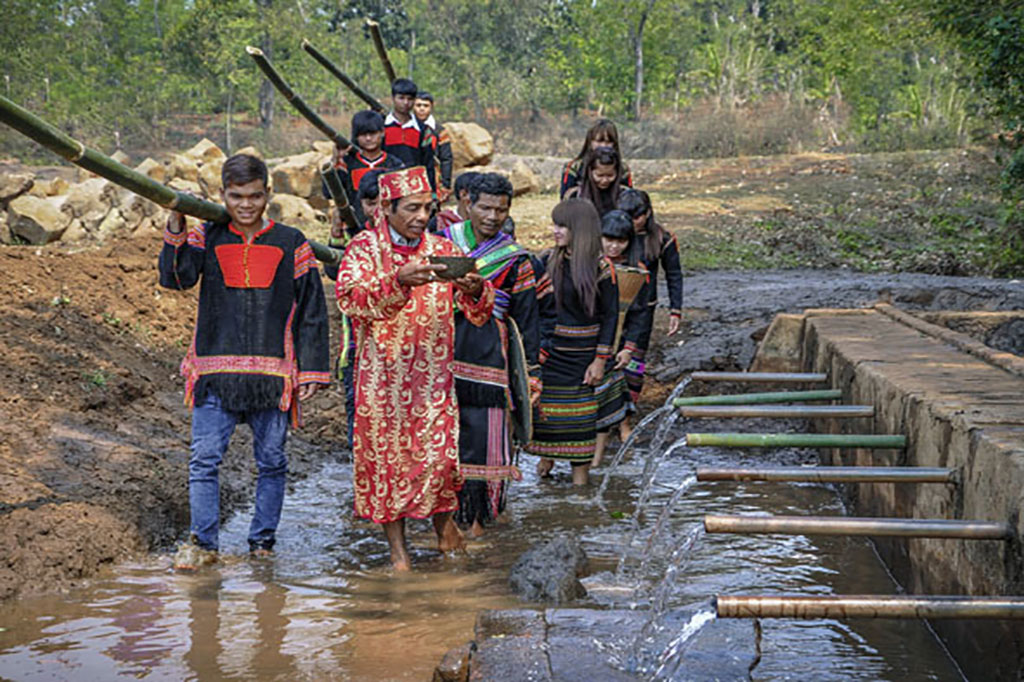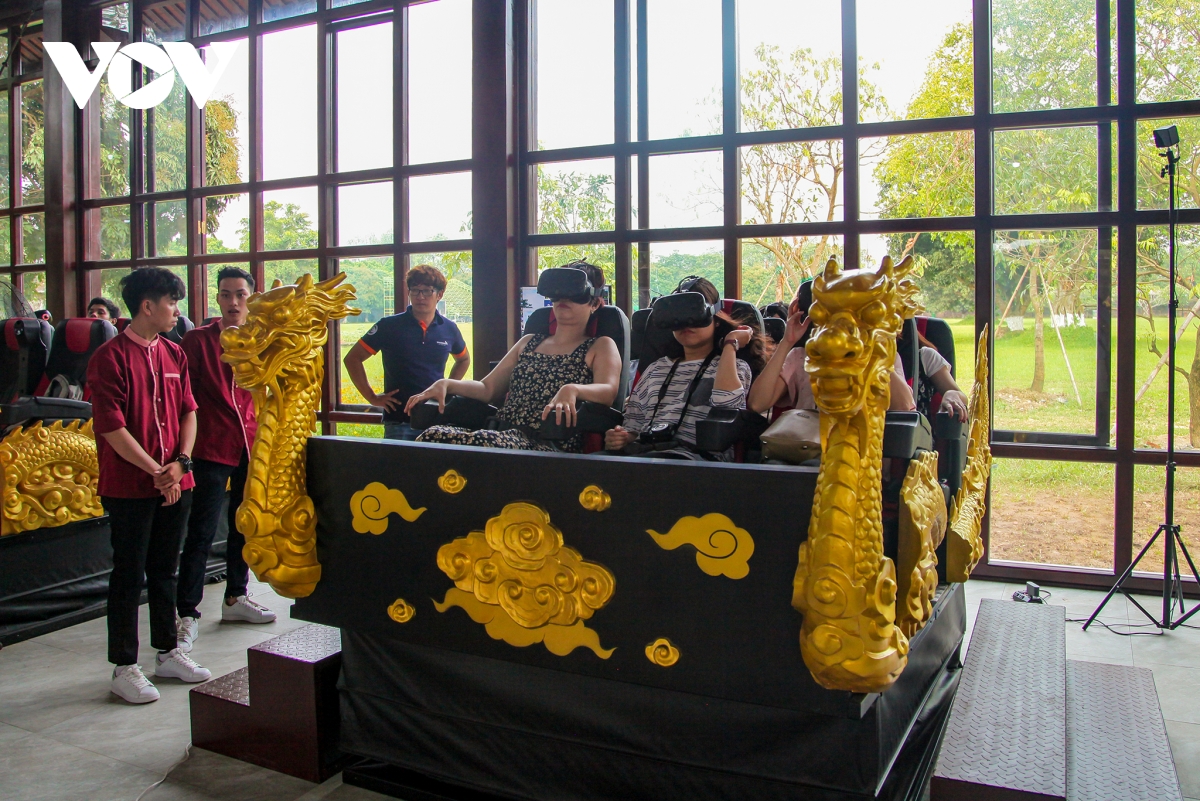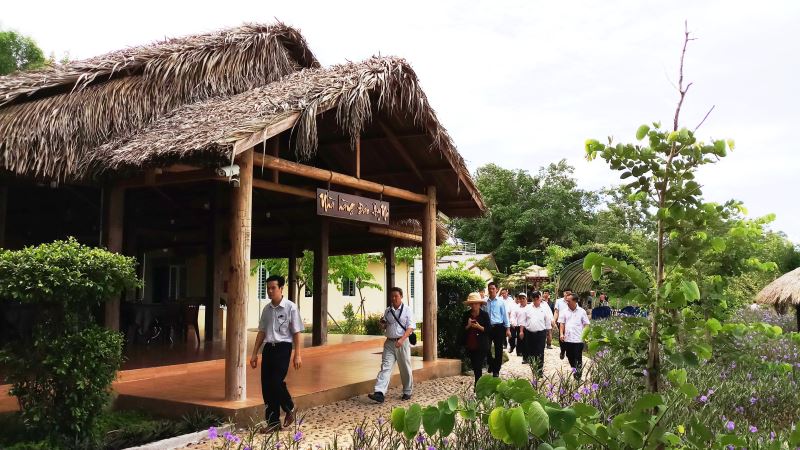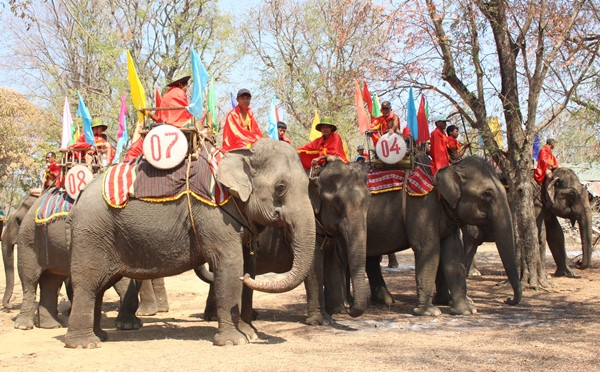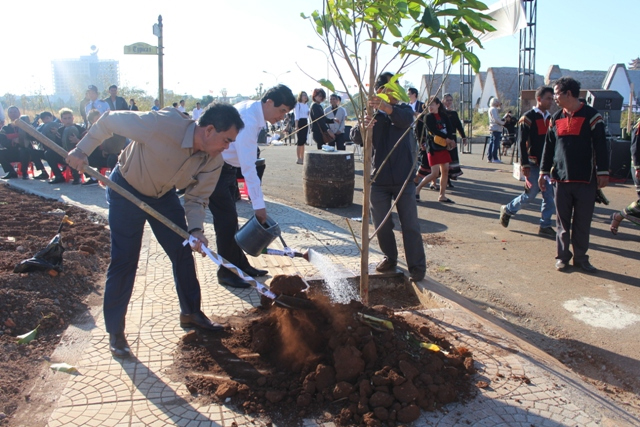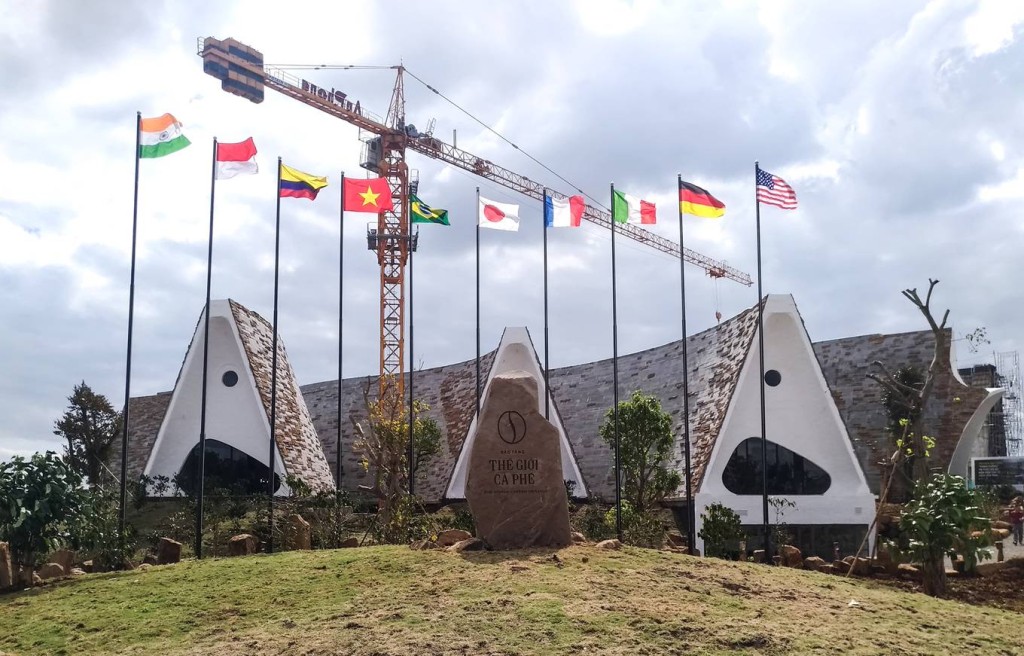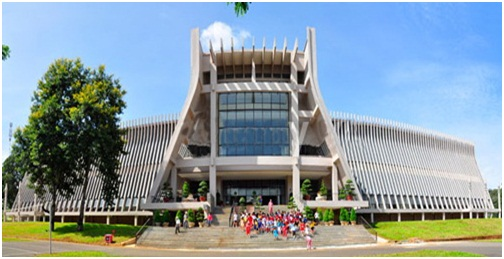X
Dak Lak from primitive times to XV century - Distribution of prehistoric population: Cultural relics of people after the New Stone Age - Dak Lak metal are distributed mainly in M'Drak and Buon Ma Thuot plateaus. Also reside in low-lying areas such as Krong Pak - Lak; in the low hills of Ea H'Leo or the plateau of Ea Sup. - Economic activities: Dak Lak prehistoric period is the hunting, gathering, crafting of stone making, pottery making, farming, product exchange and early metallurgy. - Production economy: Archeology does not have much direct evidence of cultivation and livestock activities during the Neolithic and Metal Age in Dak Lak. Combination of agricultural tools such as stone hoes, axes and stone tools ... In prehistoric Dak Lak relics resembles the same relics in Lung Leng (Kon Tum), where fire grains were found in one Ceramic pot, has an absolute age of 3,000 years ago today.
- Copper casting crafts: Gongs made from copper are indispensable musical instruments in the current life of ethnic communities in Dak Lak. Because there is no evidence of raw materials, traditional handmade copper casting furnace, some people believe that the Central Highlands people do not know metallurgy. All their gongs are due to exchanging elephants and precious stones with the people of the surrounding. - Social organization: From the way of life as described above can help us imagine the society of prehistoric Dak Lak residents is a community of many tribes living on the different terrain of the region. Dak Lak land. However, the level of concentration and association in a locality with a certain social organization has appeared, albeit somewhat looser than that of contemporaries in the Northern Delta region of Vietnam. Dak Lak from the fifteenth century to 1905 - Since before the French colonialists officially invaded Vietnam (1858), the Central Highlands land in general and Dak Lak in particular, due to the geographical position, the characteristics of the inhabitants and the traditional characteristics should be almost isolated. with central coastal areas of Vietnam and neighboring countries culturally. - In terms of administrative boundaries, due to its position at the junction of the Indochinese national region, it is always under dispute to keep external forces with indigenous peoples, among those forces, so the land This is disturbed by geographical boundaries .. - In 1471, when the King Le Thanh Tong entered the South to defeat Champa, the king placed the Central Highlands region as Nam Ban, a national version of Dai Viet. However, in fact, given that slucs and many centuries later, there is no dependency among parts of the population in the Central Highlands and Dai Viet. - In 1540, Bui Ta Han was appointed to the Quang Nam province. After eradicating the "Da Vach" disorder, he made many policies to further tighten the relationship between Dai Viet and other ethnic groups in the highlands. - At the end of the 17th century, the relationship between Nguyen lords and Montagnard ethnic groups in the Central Highlands remained tight. During the uprising of the Tay Son insurgent army, the Central Highlands compatriots supported the army very positively, contributing significantly to the historic victories of the insurgents. Arriving at the Nguyen Dynasty, due to the wrong policy of managing the region, the Nguyen Dynasty allowed the Central Highlands to fall into the rule of Siamese forces. - In the middle of the nineteenth century, when the French colonialists invaded our country, the Nguyen dynasty stepped back gradually, then surrendered to the Treaty of Paris - note in 1884, recognizing the domination of French colonialism. with our country. However, the surrender of the Nguyen Dynasty was not synonymous with the surrender of the whole nation, the people of the whole country did not stop fighting in many forms. By the end of the 90s of the nineteenth century, the French colonialists basically pacified the delta and began to invade the highlands and mountainous areas. - In 1984, two French troops followed the valley of Ba river and Krong H'Nang river to Dak Lak but were attacked by fellow Mdhur and Ede under N'Trang Guh. - On October 16, 1898, Kham porcelain Trung Ky Boulloche forced Hue court to arrange the Central Highlands under the responsibility of the French. In 1899, the French colonialists came from Cambodia to build Buon Don base. On November 2, 1899, the governor of Bourgeois established the diah district of Ban Don with the purpose of piloting the work of pacification of the Central part. In 1900, they marched down the South to invade the land where the Bih ethnic people lived. In 1905, the French colonialists placed their geography at M'Drak and when Dak Lak province was officially established, the court buildings were distributed everywhere, the French colonial rule was gradually completed. - On January 22, 1904, according to the Decree of the Governor-General of Indochina, Dak Lak Province was officially established, separated from Laos, to rule the envoy of Central Vietnam. At the time of establishment, Dak Lak has not divided the district and the total but only the village unit (also called Buon): Ede people have 151 villages, Bih people have 24 villages, Gia Rai people have 11 villages, Krung people have 28 villages, Mdhur people have 120 villages, Mnong people have 117 villages, Siamese people have 1 village. The name and boundary of Dak Lak province through different historical periods have different characteristics, but the locality of the inhabitants of Dak Lak plateau is still mainly Ede, Gia Rai and Mnong ethnic groups Xo Dang. The ethnic minorities here are influenced by other ethnic groups in the southern region of the Truong Son - Central Highlands range such as the Cham, Laotian, Khmer, and have close ties with the ethnic communitie Vietnam.
